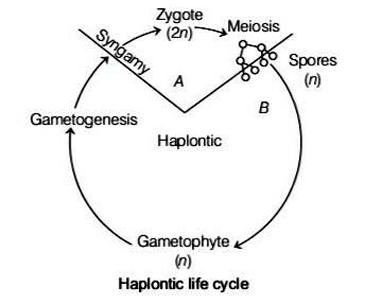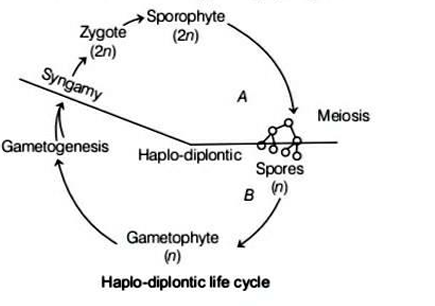Basis Of Classification
Basis of Classification
The fundamental features common to various individuals that are used as the basis of animal classification have been given below
- Levels of Organisation Though all the members of kingdom-Animalia are multicellular, yet all of them do not exhibit the same pattern of cellular organisation. Different levels of organisation are discussed below
- Cellular level (cell aggregates) found in sponges.
- Tissue level (cell performing same function are arranged into tissues) found in coelenterates and ctenophores.
- Organ level (tissues grouped together to form organs) found in phylum-Platyhelminthes and other higher phyla.
- Organ system level (association of organs to form functional systems) found in annelids to chordates.
- Symmetry On the basis of symmetry, animals can be asymmetrical, i.e. body cannot be divided into equal halves by any plane (e.g. sponges), radially symmetrical, i.e. body can be divided into equal halves by any plane passing through the central axis (e.g. coelenterates, ctenophores and echinoderms) and bilaterally symmetrical, i.e. body can be divided into two identical halves (left and right) only along one plane (e.g. annelids and arthropods).


Non-chordates (Phylum-Porifera)
I. Non-chordates
The non-chordates include the following phyla
1. Phylum-Porifera includes sponges, which are usually marine and mostly asymmetrical animals with canal system as most important features.
- Central cavity present in sponges is known as spongocoel, it is lined by collar cells or choanocytes and it opens to outside by osculum.
- Water enters the spongocoel through minute pores called ostia and moves out through osculum.
- The body is supported by spicules or spongin and protein fibres, which form skeletal system.
- They are hermaphrodites, i.e. both male and female gametes are produced within same individual. Fertilisation is internal and development is indirect.
- Sponges reproduce asexually by fragmentation and sexually by gamete formation. Larval forms are morphologically distinct form adults, e.g. Sycon, Spongilla and Euspongia.


Non-chordaes (Phylum-Cnidaria)
Phylum-Cnidaria (Coelenterata) consists of aquatic marine, sessile, radially symmetrical animals.
- Tentacles are either present over the mouth or around their body edges. Cells called cnidoblasts or cnidocytes are present on the tentacles and the body. These cells are used for anchorage, defence and capture of prey.
- A central gastrovascular cavity (coelenteron) with a single opening, mouth on hypostome is present.
- Some cnidarians, e.g. corals, have skeleton composed of \(\mathrm{CaCO}_3\)
- They show polymorphism with two basic body plans, i.e. polyps are fixed, sessile, cylindrical, e.g. Hydra, Adamsia, etc., and medusae are umbrella-shaped and free-swimming, e.g. Aurelia.
- The cnidarians exist in both forms and exhibit alternation of generation (metagenesis), i.e. polyps produce medusae asexually and medusae produce polyps sexually (e.g. Obelia).


 beeTokens
beeTokens 




